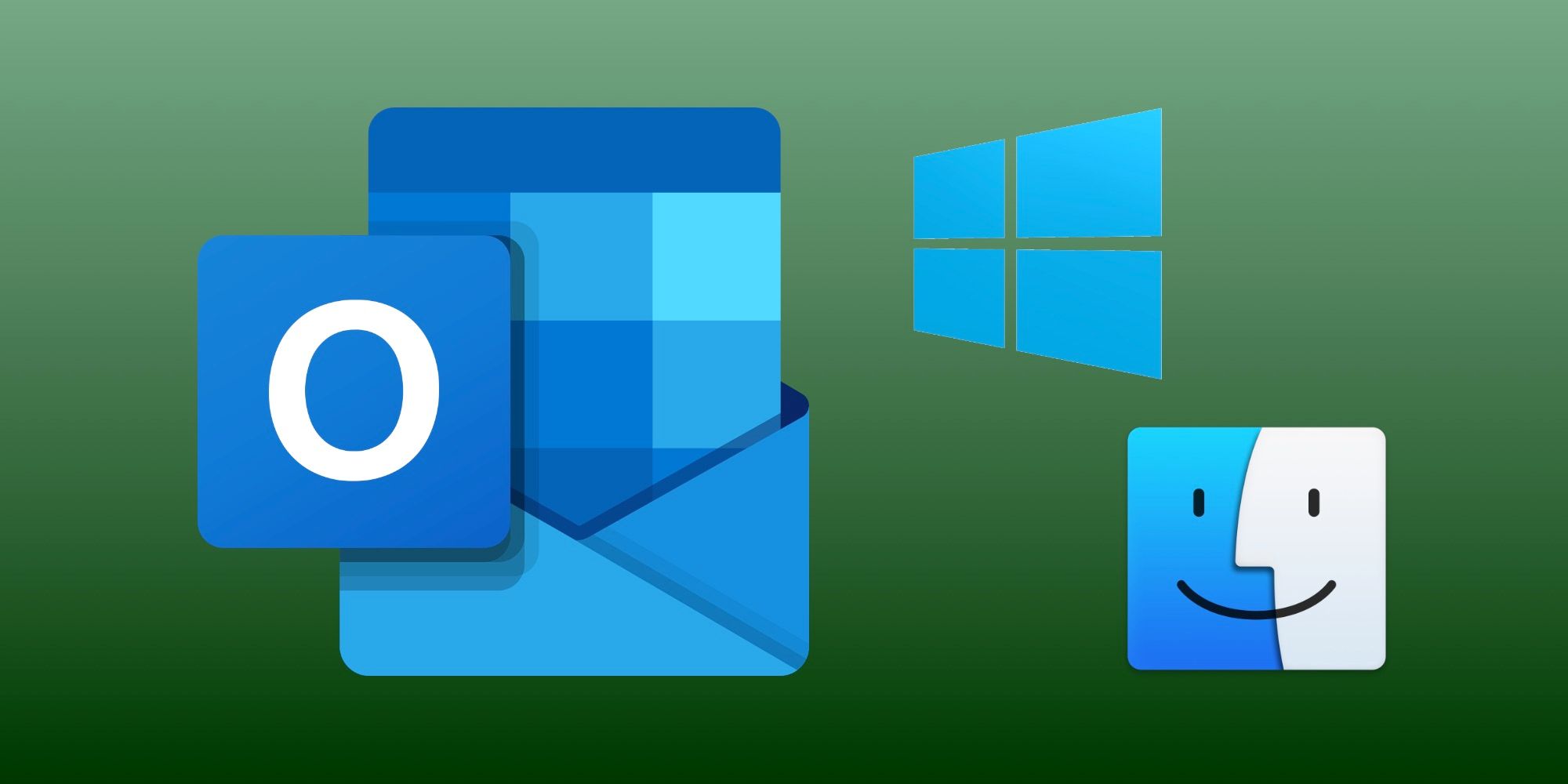Microsoft is reportedly developing a new universal Outlook app that will replace the various different apps that are offered across several platforms. This new version of Outlook will apparently come in the form of a web-based client that will allow for integration with different operating systems. The new client is being made to address a number of Outlook's flaws and disadvantages compared to competing services from Google and other companies.
Currently, there are a number of different Outlook clients, such as for Windows or Mac, that each perform in slightly different ways. While Microsoft has attempted to make accessibility across computers and devices easier with cloud services, users still have some hurdles to jump over due to the differences between the various versions. Last September, the company stated in a blog post that it was looking to minimize the number of clients needed to provide services to users across all compatible computers and devices with its 'One Outlook' vision.
According to Windows Central, this new version of Outlook is codenamed 'Project Monarch' and will see Microsoft replace all existing clients with one app based on web technologies compatible across platforms. This means it will provide the same experience for users whether they are working on a PC, Mac, or another device. The app will still accommodate for notifications, offline storage, and other common requirements and is expected to launch in 2022.
How This New Outlook Makes Sense (And How It Does Not)
A universal, web-based Outlook client would certainly make getting access to emails and files quicker and easier than ever before, with no hassle transferring data across multiple clients. Rather than working with multiple clients, users that log into Outlook from a home computer, work computer, or smartphone would be logging into the same client. Web-based clients can also keep data secure with guaranteed autosave features.
Given that email and calendar tasks are now so often managed online, it does make sense for Microsoft to move Outlook to a web-based approach. However, this could possibly irritate users in another way, should they wish to access emails or other information offline or without an internet connection. With everything being done on a web-based client, this could certainly raise issues for people that want to draft emails and get access to files regardless of their internet. No doubt, however, Microsoft's developers will anticipate such scenarios and think of ways to still work on emails and see scheduling while offline.
Source: Windows Central


